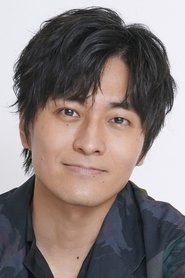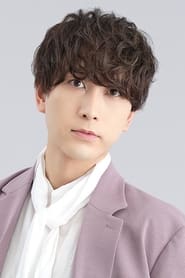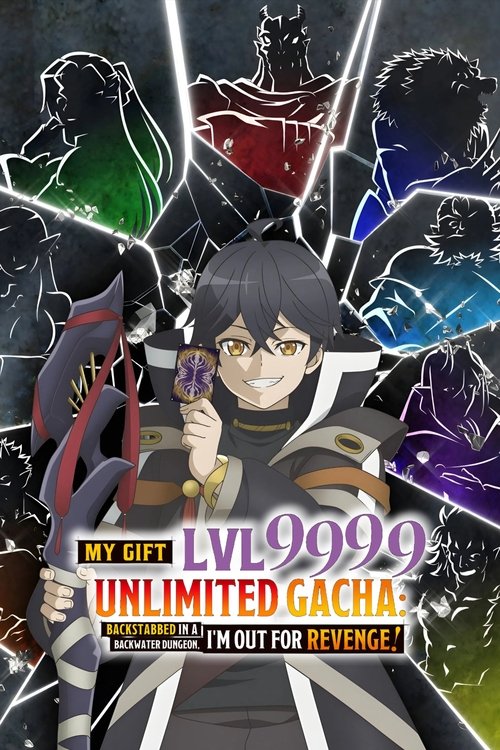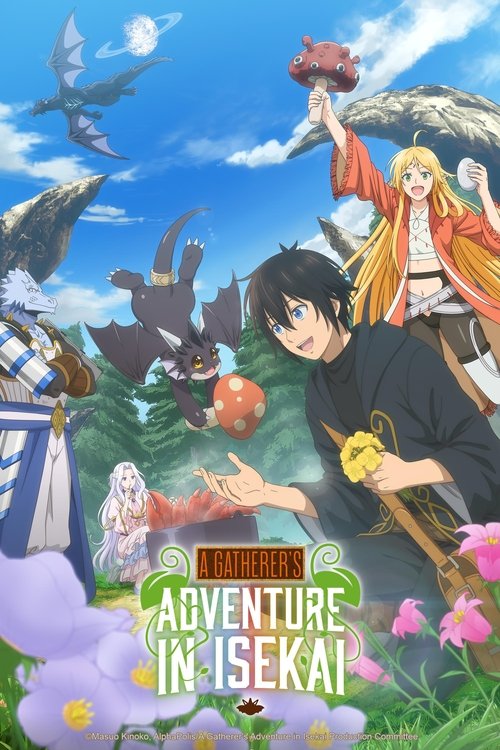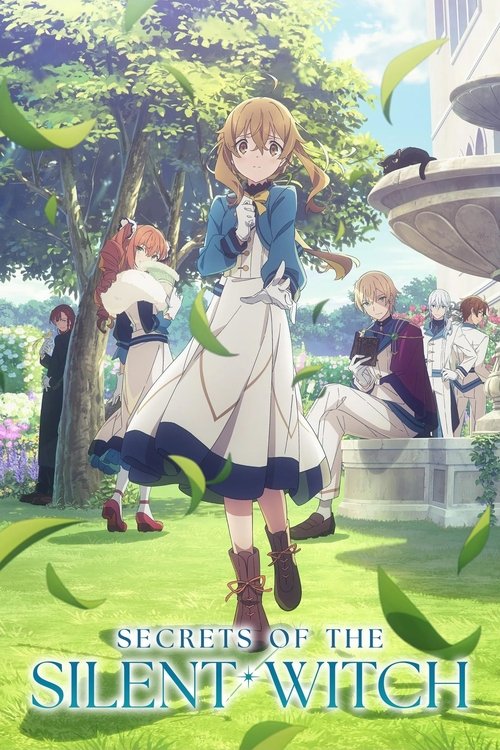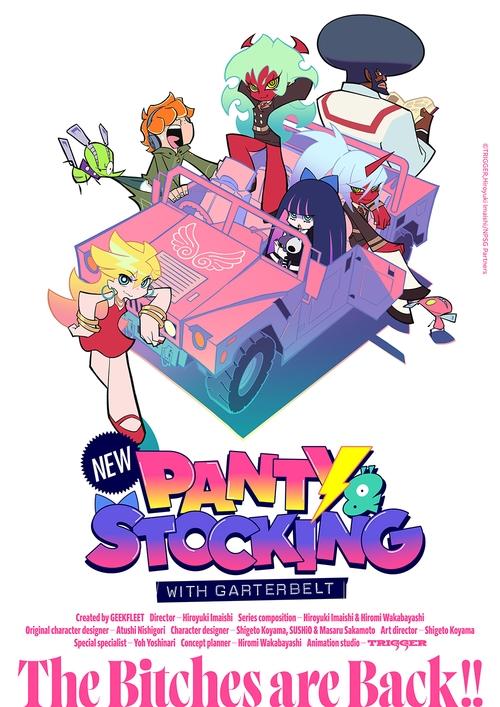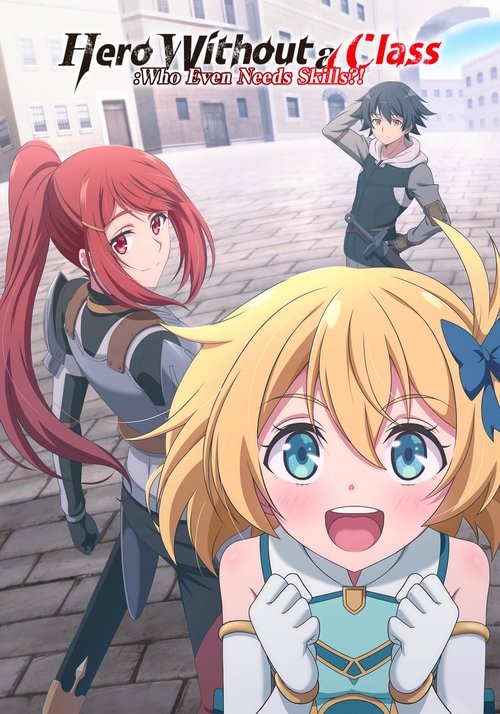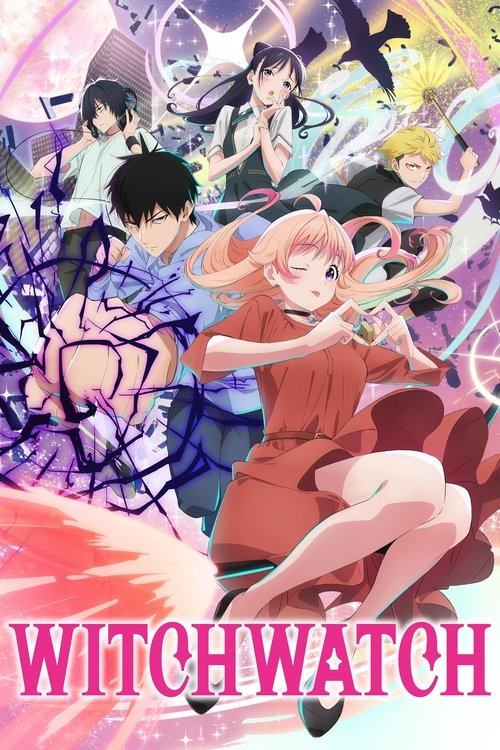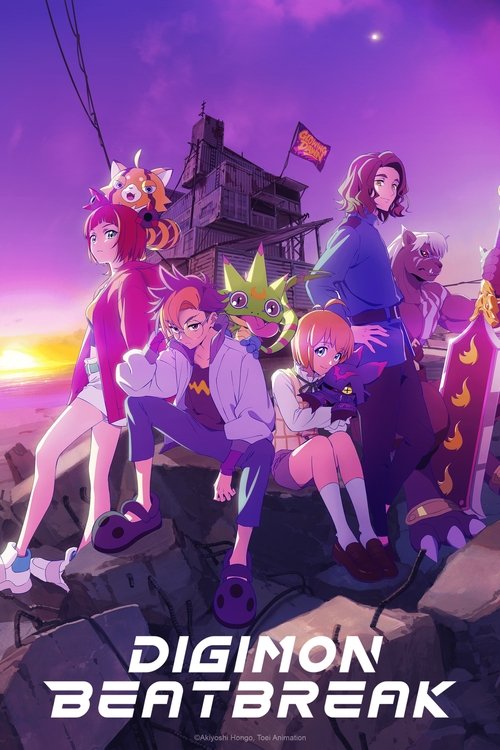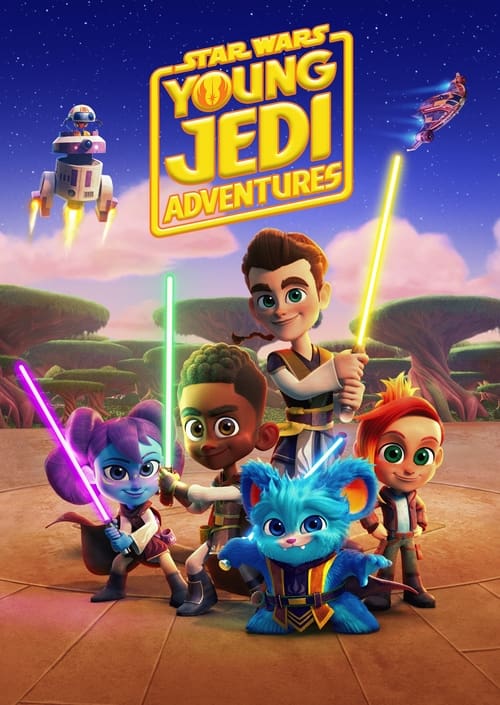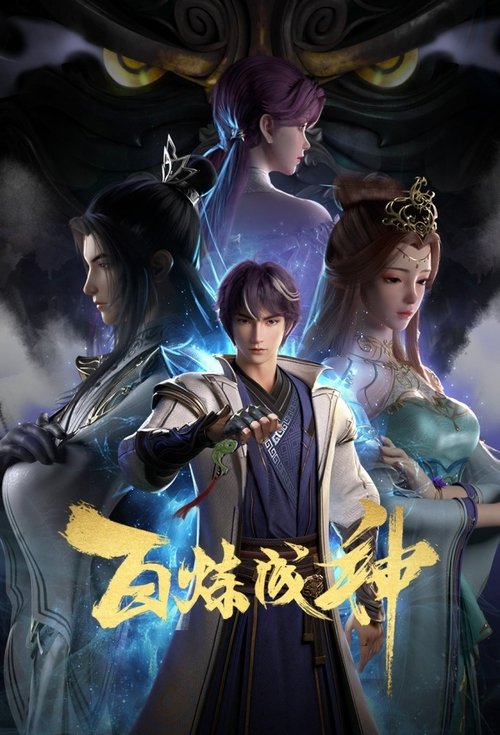
Ask Your Own Question
What is the plot?
The story begins with Yoshiki Tsujinaka, a teenager living in a rural Japanese village, who is deeply affected by the mysterious disappearance of his childhood friend Hikaru Indo. Hikaru vanished in the nearby mountains, and soon after, a being that looks, sounds, and behaves like Hikaru returns, but Yoshiki suspects this is not the real Hikaru. This entity maintains Hikaru's persona so convincingly that distinguishing it from the original is difficult, yet Yoshiki senses something is profoundly wrong.
Yoshiki confronts this impostor Hikaru about his true nature. The entity reveals it is possessed by an otherworldly force connected to the mountain spirits that haunt the village. The village elders and the Indo family have a dark history tied to these spirits. It is revealed that a long time ago, a member of the Indo clan made a pact with the mountain entities to resurrect his dead wife, but the price was the sacrifice of a third of the village's population. The wife was resurrected only as a severed head, and as punishment, the Indo men are cursed to perform rituals to appease the spirits. This curse explains why the real Hikaru was in the mountains when he died and why the village treats the Indo family with suspicion and hostility.
Yoshiki learns that the entity possessing Hikaru is dangerous and unstable. Despite this, Yoshiki tries to maintain their friendship, hoping to understand what Hikaru truly is. The entity admits to feeling accepted by Yoshiki and expresses a desire to learn the value of human life through their friendship. However, it also struggles with its own nature and the threat it poses to others.
On the day of the school choir competition, Yoshiki suggests that he and Hikaru skip school together to spend the day making happy memories. They go to the movies and engage in other activities, but Hikaru is visibly unnerved by Yoshiki's insistence that he is not upset about the previous night's events. Their classmates notice their absence but still perform successfully in the choir competition.
Later that day, back at Yoshiki's house, Hikaru watches a video of their class's choir performance. Yoshiki then takes a knife from his bag and stabs Hikaru in the chest. To Yoshiki's surprise, Hikaru is not fatally injured. Yoshiki asks Hikaru to use the knife on him instead, revealing that he had planned this all along to make Hikaru's last day full of happy memories. Hikaru is conflicted and refuses to stab Yoshiki. Instead, Hikaru reaches into his chest, removes what he describes as "half of his insides," and offers it to Yoshiki. He explains that this act has weakened him and made him less dangerous. Hikaru tells Yoshiki that their friendship has helped him start to understand the value of human life.
Yoshiki accepts the offering and expresses his intention to research and learn more about what Hikaru really is. This moment marks a turning point in their relationship, blending hope with the tragic reality of Hikaru's condition.
Throughout the series, Yoshiki also struggles with his emotionally distant father and the burden of the village's dark secrets. The Indo family's curse and the mountain spirits' influence loom over the village, creating an atmosphere of tension and fear. The story explores the psychological horror of losing a friend to an incomprehensible supernatural force and the lengths one will go to preserve that friendship.
The series ends with Yoshiki committed to uncovering the truth behind Hikaru's possession and the village's curse, setting the stage for further exploration of the supernatural and emotional complexities that define their lives.
More TV Shows Like This
Browse All TV Shows →
What is the ending?
At the end of The Summer Hikaru Died (2025), the story concludes with the main characters confronting the emotional aftermath of Hikaru's death. The surviving characters come to terms with their loss, each finding a way to remember Hikaru and move forward, though the impact of his absence remains deeply felt.
Expanding on the ending scene by scene:
The final sequence opens on a quiet summer evening, with the sun setting over the town where Hikaru lived. The camera lingers on the empty spaces Hikaru once occupied--his room, the school bench where he used to sit, and the favorite spot by the river. These visuals emphasize the void left by his passing.
Next, the focus shifts to the main characters who were closest to Hikaru. Each is shown in a moment of private reflection. One character, perhaps a close friend or sibling, is seen holding a small memento of Hikaru--a photograph or a personal belonging--while tears silently fall. Another character visits the riverbank, where they scatter flowers into the water, symbolizing a farewell.
The narrative then moves to a group scene where the characters gather together, sharing memories of Hikaru. Their conversations are soft and filled with pauses, underscoring the difficulty of expressing grief. They speak of Hikaru's kindness, his dreams, and the moments that defined their friendship. This scene highlights the theme of connection and the enduring influence of those who have passed.
As night falls, the characters light candles in a small memorial, their faces illuminated by the gentle glow. The camera captures their expressions--some stoic, others breaking down--showing the varied ways people process loss.
The final moments focus on a solitary figure standing alone, looking up at the stars. This character whispers a farewell to Hikaru, expressing hope that he is at peace. The scene fades out with a soft musical score, "Anata wa Kaibutsu" by TOOBOE, playing in the background, reinforcing the emotional tone of remembrance and acceptance.
Regarding the fate of the main characters at the story's end:
- The closest friend or sibling who held the memento is left with a bittersweet sense of closure, carrying Hikaru's memory forward.
- The character who scattered flowers at the riverbank finds a quiet way to say goodbye, symbolizing acceptance.
- The group who gathered for the memorial scene remains bonded by their shared grief, suggesting that their relationships will continue to evolve in Hikaru's absence.
- The solitary figure looking at the stars embodies the personal, ongoing nature of mourning and hope.
This ending does not resolve the grief with finality but instead portrays it as a continuing process, emphasizing remembrance and the impact of Hikaru's life on those he left behind.
Is there a post-credit scene?
Yes, The Summer Hikaru Died has post-credit scenes in multiple episodes that reveal important plot details and character developments.
-
In Episode 4, the post-credit scene reveals the true and rather mundane cause of Hikaru's death. Hikaru had gone to the mountains to perform a ritual for the Mountain God as part of his family duty. He slipped on muddy ground, hit his head on a stone, and died before he could complete the ritual. This scene also explains that Hikaru feared the powerful spirit might harm Yoshiki, the boy he loved, which motivated his trip to the mountains. This revelation clarifies the mystery around Hikaru's death and emphasizes the randomness and bleakness of life.
-
In Episode 5, the post-credit scene shows that Tanaka has set up another magical trap to catch Nonuki-sama, the evil spirit. Tanaka is obsessed with stopping this spirit and is relentless in his efforts.
-
In Episode 6, the post-credit scene provides a more character-driven moment, showing the group of main characters--Yoshiki, "Hikaru" (the possessed clone), Asako, Yuuki, and Yuuta--interacting and growing closer. It also reveals that Asako has a sixth sense allowing her to see spirits and the afterlife, adding depth to the supernatural elements of the story.
These post-credit scenes serve to deepen the narrative by revealing backstory, advancing supernatural plotlines, and developing character relationships beyond the main episodes.
What is the significance of the ritual that only male members of Hikaru's family can perform in the woods?
The ritual is tied to a curse on the Indo family, stemming from a pact made with mountain entities to resurrect a dead wife in exchange for a portion of the village's population. As punishment, the male Indo family members must perform this ritual to appease the entities. This explains why Hikaru was in the mountains when he died and why the village elders treat his family with hostility.
How does Yoshiki discover that the Hikaru he interacts with after the real Hikaru's death is an impostor?
Yoshiki found the real Hikaru's lifeless body himself. A week later, he saw someone claiming to be Hikaru alive and well in the hospital. He kept this secret for at least half a year, which reveals his awareness that the Hikaru he interacts with is not the original.
What role does the pet hamster play in the story?
Tanaka's pet hamster detects Hikaru's presence at the Summer Festival, indicating a supernatural or spiritual connection that helps the characters track or sense Hikaru's presence in the village.
What is the nature of the barrier preventing Hikaru from entering the local shrine?
The barrier is mysterious and seems to be a supernatural or spiritual obstacle linked to the village's rituals and the curse on Hikaru's family. It prevents Hikaru from performing the necessary ritual at the shrine, which is significant to the plot and the unfolding mystery.
How does the relationship between Yoshiki and Hikaru evolve throughout the series?
Their relationship deepens as Yoshiki reveals the truth about Hikaru's death and the impostor situation. They attend events like the Summer Festival together, and their personal struggles and emotional states affect each other profoundly. However, their relationship also faces tragic setbacks linked to the village's dark history and the curse on Hikaru's family.
Is this family friendly?
The Summer Hikaru Died is rated TV-14 in the United States and 12+ in the UK, indicating it is not fully family-friendly for young children but may be suitable for older teens and adults. It contains mild violence and gore, mild profanity, and moderate frightening and intense scenes. There is no sex, nudity, or substance use depicted.
Potentially objectionable or upsetting aspects for children or sensitive viewers include:
- Supernatural horror elements with eerie, unsettling atmosphere and cosmic dread.
- Moderate frightening and intense scenes, including disturbing visuals and moments of panic or shock.
- Mild violence, such as a significant scene involving stabbing that is emotionally and visually intense but not excessively graphic.
- The story deals with themes of grief, loss, and emotional trauma, which may be heavy or upsetting.
- The tone is melancholic and suspenseful, with slow-building tension rather than jump scares.
Overall, the show is a nuanced horror drama with emotional depth and some disturbing content, making it more appropriate for mature teens and adults rather than young children or very sensitive viewers.





